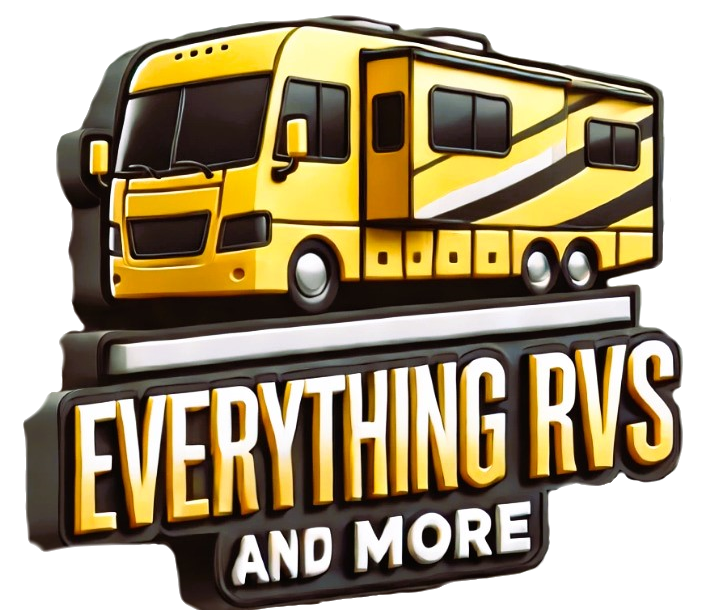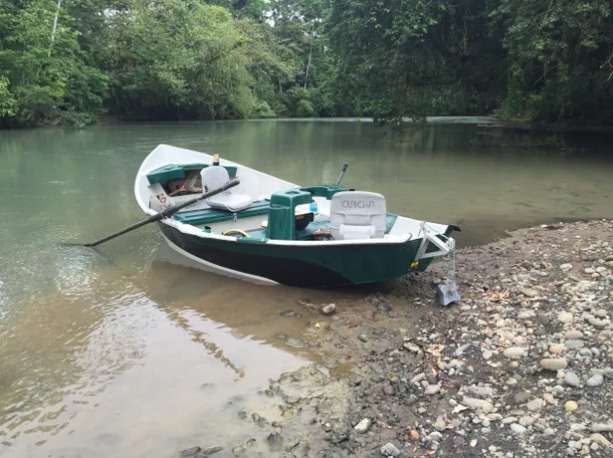Affiliate Disclosure: I earn commissions if you shop through the links below at no additional cost to you.
Last Updated on January 23, 2024 by Jeremy
Introduction:
When you’re contemplating the allure of the open road and the freedom to explore the great outdoors in a massive and luxurious home on wheels, questions inevitably arise.
One of the most pressing concerns and questions is, do you need a special license to drive a Class A RV?
In this article, we’re going to delve into the world of Class A RVs, explore the licensing requirements, and provide you with valuable insights to make your RV adventures a breeze.
So, fasten your seat belt and let’s hit the road on this informative journey.
Class A RVs: A Home on Wheels
Before we dive into the licensing requirements, let’s familiarize ourselves with Class A RVs. These are the giants of the RV world, often resembling tour buses in terms of size and amenities.

Class A RVs are the epitome of comfort, offering spacious interiors, fully-equipped kitchens, bathrooms, and all the comforts of home, making them a popular choice for full-time RVers and adventurers looking to take their home with them on the road.
Before we continue, watch this 7-minute video of what it’s like to ride inside one of these massive units while driving down the interstate:
Licensing Requirements
Now, the big question you’ve wandered on this site for: Do you need a special license to drive a Class A RV?

The answer largely depends on your location and the size of the RV.
Here’s a breakdown of the licensing requirements in the United States and Canada:
1) United States:
In the U.S., licensing requirements vary from state to state. Generally, a standard drivers license (Class D) is sufficient to operate a Class A RV.
This applies to RVs that are under a certain weight, usually around 26,000 pounds (11,800 kg). However, some states may require an additional non-commercial Class B or Class C license for RVs over a specific weight limit, typically 26,001 pounds (11,800 kg) or more.
It’s crucial to check the specific requirements in your state, as they can vary. You can contact your local Department of Motor Vehicles (DMV) for detailed information.
2) Canada:
In Canada, the rules are relatively straightforward. If your RV is for personal use and not for commercial purposes, you don’t need a special license. A standard Class 5 drivers license is usually sufficient to operate a Class A RV.
However, it’s essential to verify the regulations in your province or territory, as some areas may have specific rules or weight restrictions.
Safety First: Tips for Driving a Class A RV
Whether or not you need a special license, safety should always be a top priority when driving a Class A RV. Here are some essential tips to ensure a safe and enjoyable journey:
- 1) Familiarize Yourself: Before hitting the open road, take time to familiarize yourself with your RV. Practice parking, turning, and maneuvering in an open space to build confidence.
- 2) Check Your Tires: Regularly inspect your RV’s tires, as they are critical to your safety. Make sure they are properly inflated and in good condition.
- 3) Know Your Dimensions: Class A RVs are long and tall. Be aware of your RV’s dimensions, especially when navigating through low-clearance areas or tight spaces.
- 4) Slow and Steady: Drive at a safe and comfortable speed. Remember that Class A RVs have a longer stopping distance, so maintain a safe following distance.
- 5) Plan Your Route: Plan your route in advance, avoiding roads with weight or height restrictions. There are many apps and GPS devices tailored to RV travel that can help you find RV-friendly routes.
If you want to know my recommendation for best route planner, read up on what it is in this article: Camping in the Prairies: Unveiling Nature, Culture, and Culinary Delights in ’23/’24
How to Drive a Class A RV: Step-by-Step Guide
Now, let’s get into the nitty-gritty of driving a Class A RV. Whether you’re a seasoned RVer like the guy above in the video or a newbie hitting the road for the first time, these step-by-step instructions will make your journey smoother and more enjoyable:
Step 1: Pre-Trip Inspection
Before you hit the road, perform a thorough pre-trip inspection of your Class A RV. Check for any issues with tires, brakes, lights, and fluid levels. Make sure all appliances inside the RV are properly secured for travel.
Step 2: Adjust Your Mirrors
Properly adjust your side mirrors to ensure you have a clear view of the road and surrounding traffic. Class A RVs have larger blind spots, so this step is crucial for safety.
Step 3: Buckle Up
Ensure that all passengers are safely buckled in before you start moving. Safety first!

Step 4: Starting the Engine
Start the engine and allow it to warm up for a few minutes. Listen for any unusual noises or warning lights on the dashboard.
Step 5: Slow and Steady
Gently accelerate and remember that Class A RVs are not known for their speed. Drive at a comfortable pace, especially when navigating turns or hills.
Step 6: Braking
Keep in mind that Class A RVs have a longer stopping distance due to their size and weight. Brake earlier than you would in a regular vehicle and maintain a safe following distance.
Step 7: Turning
When making turns, remember that your RV has a longer wheelbase. Take wide turns to avoid hitting curbs or obstacles.
Step 8: Parking
Parking a Class A RV can be a bit challenging. Look for RV-friendly parking areas or campgrounds with spacious sites. Practice parking in open areas to build your skills.
Step 9: Maneuvering Tight Spots
In tight spots, like gas stations or small roads, take your time. Don’t rush, and if you’re not confident about fitting through a space, it’s better to find an alternative route.
Step 10: Practice, Practice, Practice
The more you drive your Class A RV, the more comfortable you’ll become. Practice in different driving conditions to build your confidence and skills.
Practice backing up or reversing also, this is often over-looked but is essential to learn. With the right mirrors and backup cameras, practicing backing up should be a breeze.
Conclusion
Driving a Class A RV doesn’t have to be intimidating. With the right knowledge and some practice, you’ll be navigating the open road with ease. Whether you’re a full-time RVer or a weekend adventurer, these step-by-step instructions and safety tips will help ensure your RV journey is safe and enjoyable. In conclusion, the need for a special license to drive a Class A RV depends on your location and the RV’s size. While many states and provinces do not require a special license for personal use, it’s essential to research and comply with local regulations. Safety is paramount, so take the time to learn about your specific RV, practice your driving skills, and always stay informed about the rules and regulations in your area. Now that you’re equipped with this knowledge, are you ready to embark on your Class A RV journey? Leave a comment below if you have anything to add or question, the community will be grateful that you did. Cheers!






.jpg/:/cr=t:5.56%25,l:0%25,w:100%25,h:88.89%25/rs=w:1240,h:620,cg:true)






Leave a Reply